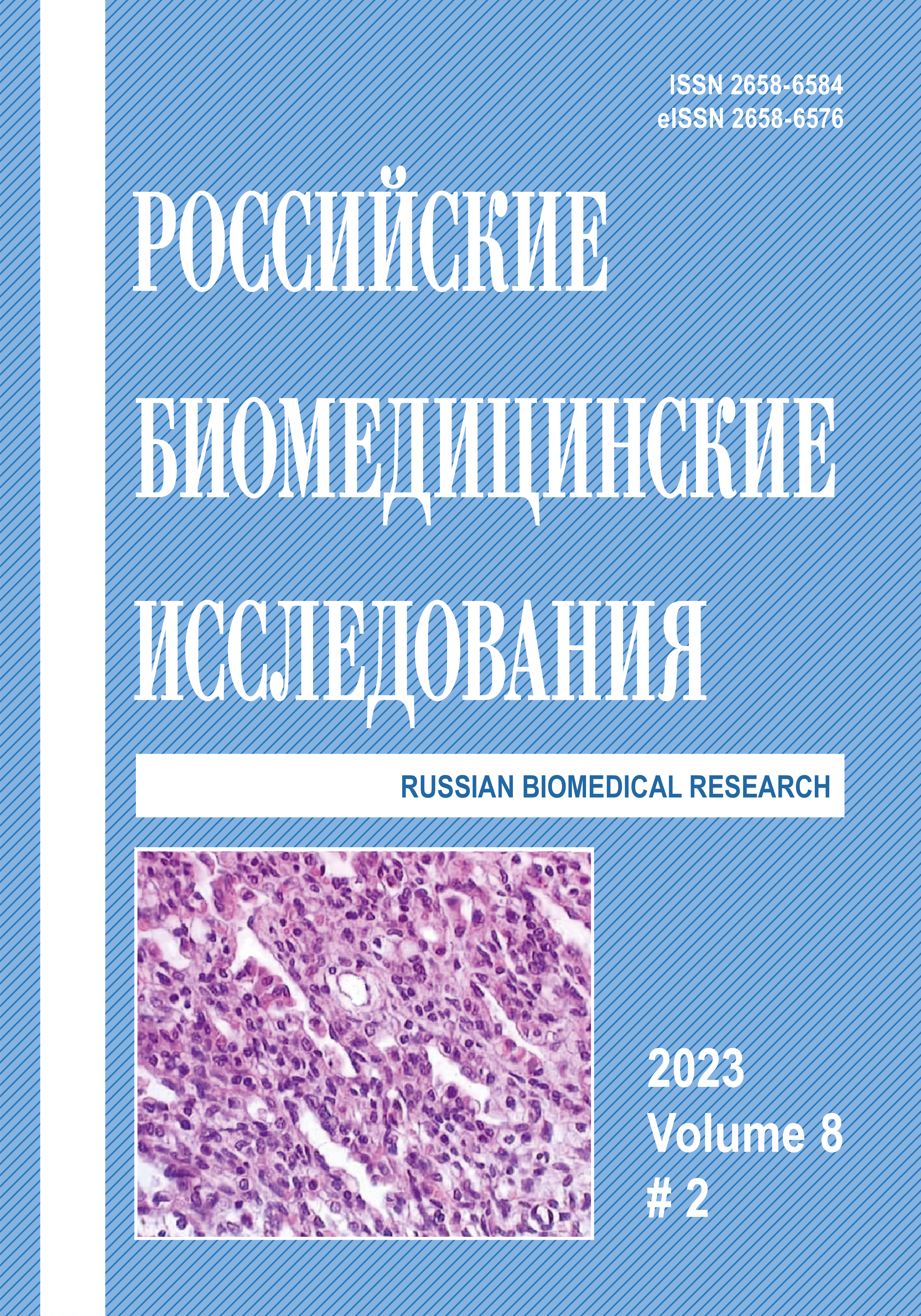LATENT VIRAL INFECTIONS IN BURNED PATIENTS WITH DEEP BURNS, STATE OF THE PROBLEM
Abstract
This review presents an analysis of the treatment of patients with extensive deep skin burns, since it is the severity of the burn injury that is the main condition for the development of immunosuppression, the activation of latent viral infections, which leads to severe complications of burn disease. Over the past 3 years, all medical institutions have encountered a new coronavirus infection SARS-CoV-2. In the burn departments, it was characterized by specific changes in the immune status. The purpose of this review was to summarize data on the effect of various types of latent viruses on the course of burn disease in patients with extensive deep burns. In the course of the work, the features of the impact on the course of the wound process and the results of skin plasty of the human herpes virus family, varicella-zoster virus, cytomegalovirus, and Epstein-Barr viruses were analyzed. It has been established that the manifestations of a viral infection are diverse, the effect on the body of a severely burned person is multifaceted, and the information received from various authors is contradictory. Given the annual increase in the number of such victims being treated in intensive care units, active screening studies are required to identify viral infections and determine their impact on the course of burn disease.
Copyright (c) 2023 Russian Biomedical Research

This work is licensed under a Creative Commons Attribution 4.0 International License.



